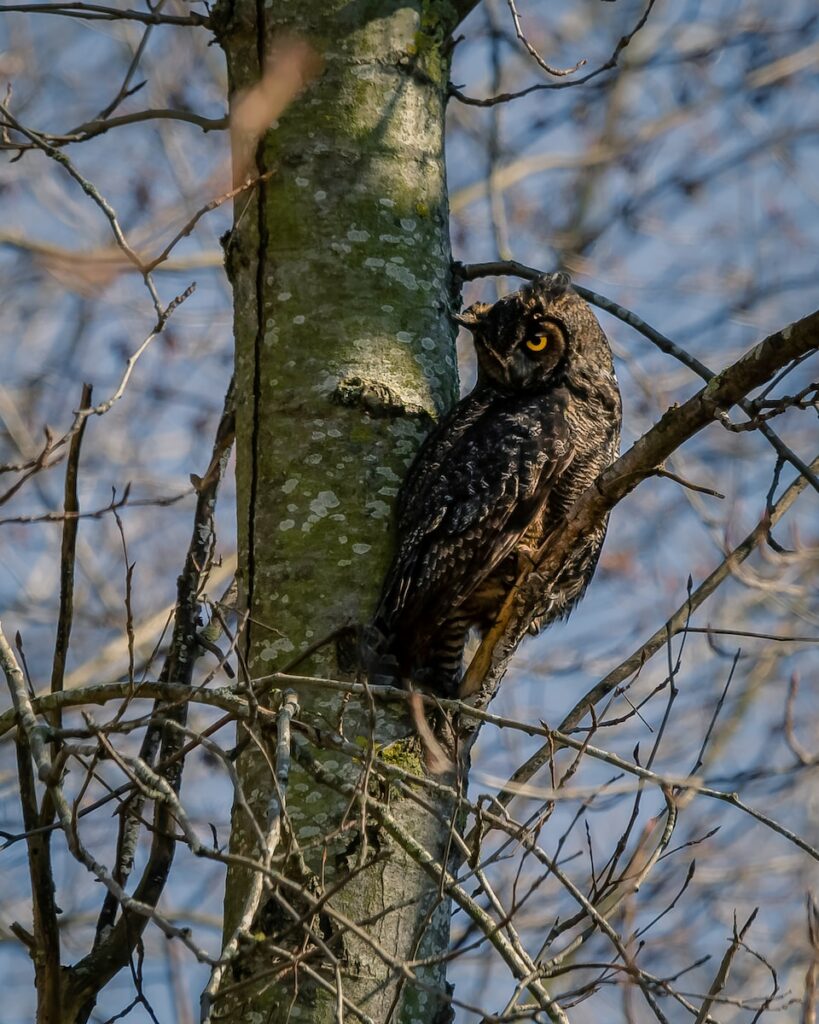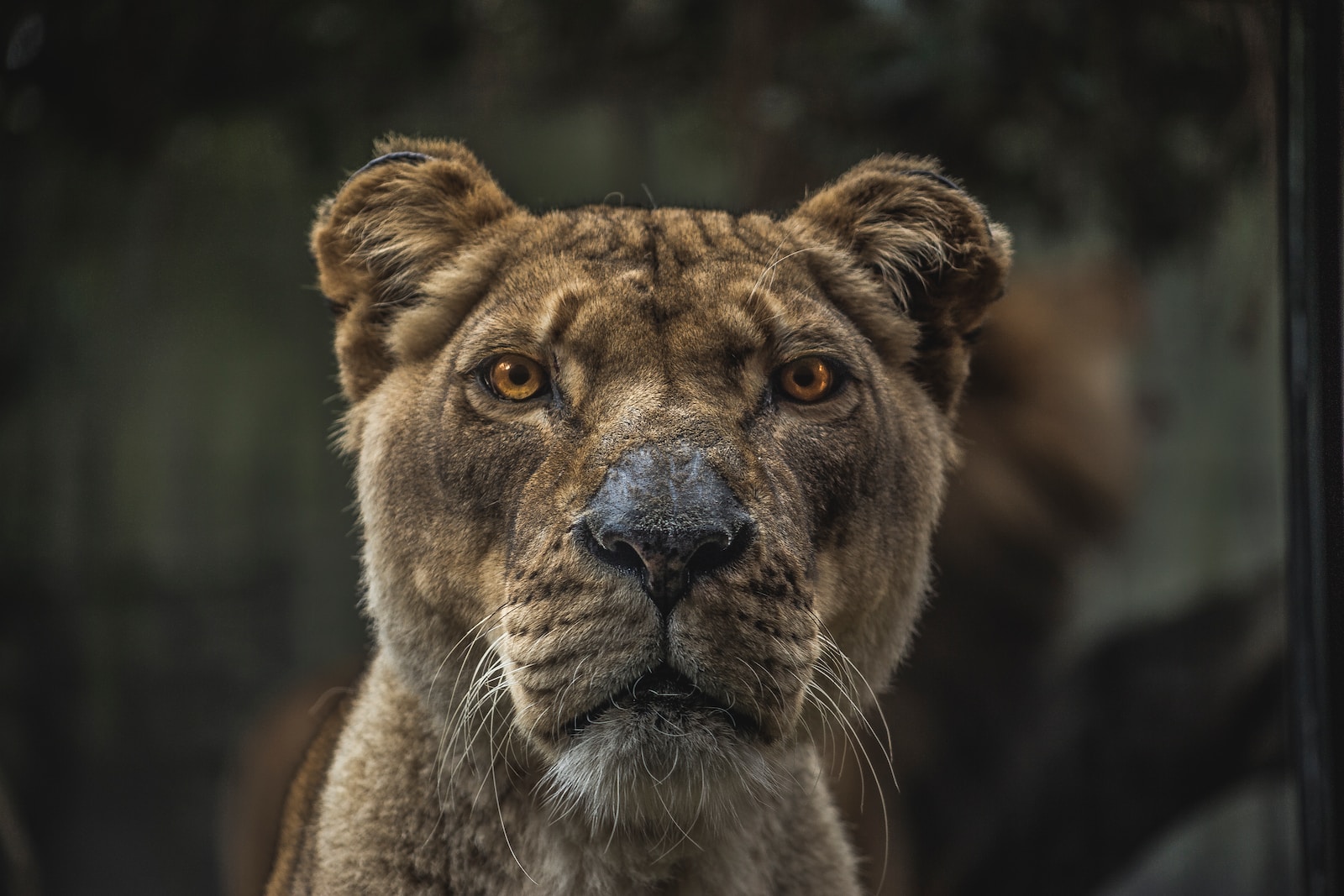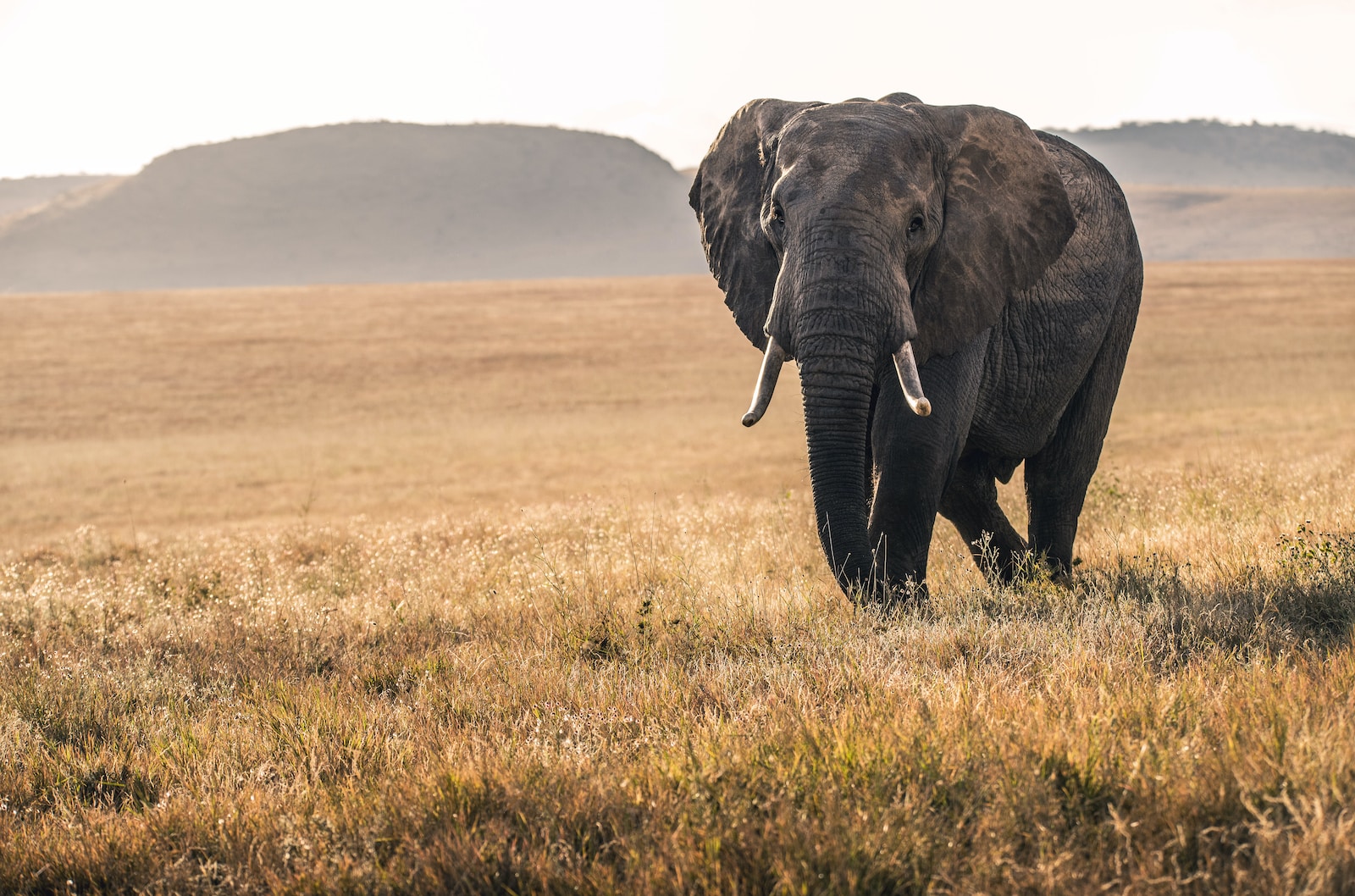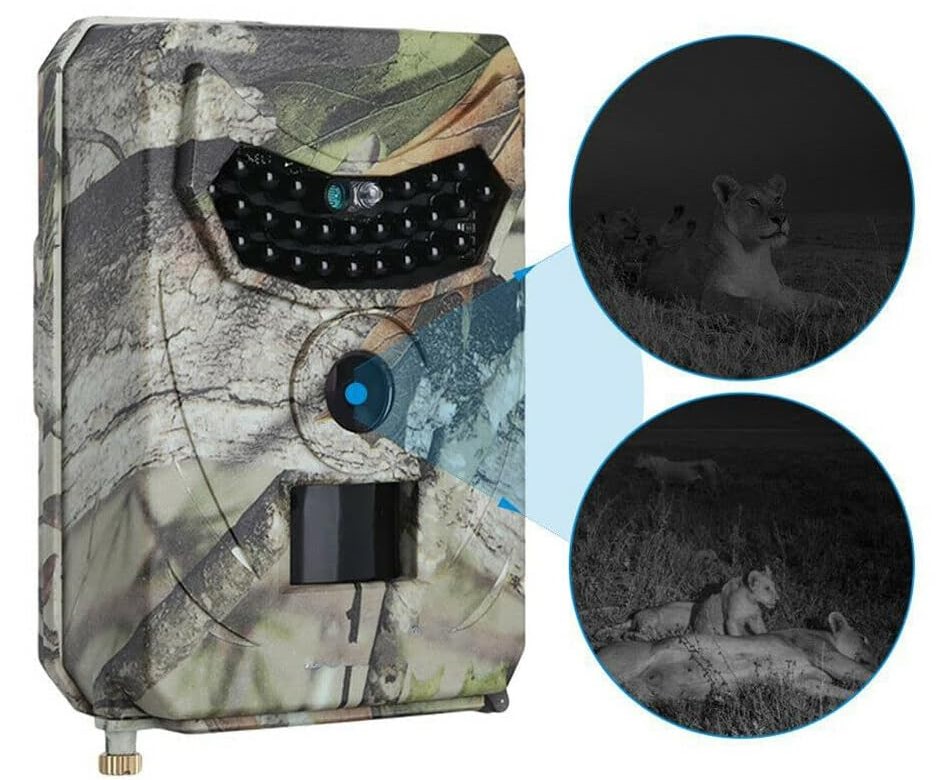Attention wildlife conservation enthusiasts! Are you curious about the role of Wildlife Trail Cameras in conservation efforts? Look no further! In this blog, we will explore the fascinating impact of Wildlife Trail Cameras on wildlife conservation worldwide. From capturing candid moments of our animal friends to monitoring their behavior and habitats, these cameras have revolutionized the field of conservation. Join us as we delve into this exciting and important topic!
Table of Contents
- Wildlife Trail Camera Challenges Overcome
- Frequently Asked Questions
- 1. How do Wildlife Trail Cameras contribute to wildlife conservation?
- 2. What are the benefits of using Wildlife Trail Cameras?
- 3. How do Wildlife Trail Cameras impact wildlife conservation efforts?
- 4. How can individuals contribute to wildlife conservation using Wildlife Trail Cameras?
- 5. Are there any ethical considerations when using Wildlife Trail Cameras?
- Wrap Up
Wildlife Trail Camera Challenges Overcome
One remarkable case study that highlights the significant impact of wildlife trail cameras in conservation efforts is the story of the Tenkasi Forest in India. This forest, known for its rich biodiversity and abundant wildlife, was facing several challenges in monitoring and conserving its wildlife population.
The Challenges Faced
Prior to the implementation of trail cameras, the forest officials and conservationists were heavily reliant on manual tracking and observation techniques, which were both time-consuming and often resulted in limited data collection. This traditional approach made it difficult to gain comprehensive insights into the behavior and ecology of the wildlife in the area.
Furthermore, the dense vegetation and rugged terrain of the Tenkasi Forest posed additional challenges for researchers and wildlife enthusiasts to access remote and inaccessible areas, leading to a lack of accurate data on species distribution and abundance.
The Solution: Wildlife Trail Cameras
To address these challenges, wildlife conservationists and the forest department decided to deploy wildlife trail cameras strategically throughout the Tenkasi Forest. These motion-activated cameras, equipped with high-resolution lenses and infrared technology, were able to capture images and videos of wildlife in their natural habitat without causing any disturbance or disruption.
The cameras were mounted on sturdy trees and positioned in areas known to be frequented by various species, ensuring a wider coverage and increased chances of capturing rare and elusive wildlife sightings.
The Impact
The implementation of wildlife trail cameras revolutionized the conservation efforts in the Tenkasi Forest. The cameras provided an unprecedented level of data that was crucial for accurate wildlife monitoring and management. Researchers were able to obtain a wealth of information regarding species diversity, population dynamics, and behavioral patterns.
Furthermore, conservationists discovered new insights into the ecological relationships within the forest, identifying key habitats and corridors crucial for the movement of wildlife. This information played a vital role in the development of effective conservation strategies, including habitat restoration and preservation.
Using the data collected from the trail cameras, the forest department was able to make informed decisions about setting up protected areas and implementing measures to mitigate human-wildlife conflicts. The improved understanding of the wildlife population helped in formulating conservation policies that aimed to maintain a delicate balance between human activities and biodiversity conservation.
The success story of Tenkasi Forest demonstrates the immense potential of wildlife trail cameras in wildlife conservation. By allowing researchers to gather accurate data and make informed decisions, these cameras have proven to be invaluable tools in protecting and preserving our natural heritage.

Frequently Asked Questions
1. How do Wildlife Trail Cameras contribute to wildlife conservation?
Wildlife Trail Cameras play a crucial role in wildlife conservation efforts by capturing high-quality images or videos of animals in their natural habitats. This data helps researchers and conservationists monitor and understand wildlife populations, behavior, migration patterns, and habitat usage.
2. What are the benefits of using Wildlife Trail Cameras?
Using Wildlife Trail Cameras provides several benefits, such as:
- Non-intrusive monitoring: Trail cameras allow researchers to observe animals without disturbing their natural behavior.
- Data collection: The captured images and videos provide valuable data for scientific studies and conservation management.
- Cost-effectiveness: Trail cameras offer a cost-effective way to monitor large areas over extended periods, reducing the need for human presence.
- Public engagement: Sharing the captivating footage with the public raises awareness about wildlife conservation.
3. How do Wildlife Trail Cameras impact wildlife conservation efforts?
The impact of Wildlife Trail Cameras on wildlife conservation is significant. They enable researchers to:
- Monitor endangered species: Trail cameras help identify and track endangered species, facilitating conservation efforts to protect these valuable organisms.
- Detect wildlife trends: By analyzing the data from trail cameras, scientists can identify changes in wildlife populations, behavior, and distribution, aiding in conservation planning.
- Monitor habitat health: The images and videos captured by trail cameras help assess the health and suitability of habitats for wildlife, enabling conservationists to take appropriate measures for habitat restoration.
4. How can individuals contribute to wildlife conservation using Wildlife Trail Cameras?
Individuals can actively participate in wildlife conservation efforts by:
- Setting up trail cameras in their own properties or local wildlife habitats to collect data on the presence and behavior of wildlife species.
- Sharing the captured footage with local wildlife organizations and researchers to contribute to broader conservation projects.
- Supporting conservation initiatives financially or through volunteer work to protect wildlife and their habitats.
5. Are there any ethical considerations when using Wildlife Trail Cameras?
Yes, there are ethical considerations when using Wildlife Trail Cameras. It is important to:
- Avoid placing the cameras in sensitive areas or disturbing critical wildlife habitats.
- Ensure the cameras are mounted securely to prevent damage to wildlife or accidental harm.
- Respect local laws and regulations regarding the use and placement of trail cameras.
Wrap Up
To summarize, Wildlife Trail Cameras play a vital role in wildlife conservation efforts worldwide. These cameras provide valuable insights into the lives and behaviors of various animal species. By capturing images and videos in their natural habitats, researchers and conservationists can monitor and gather data on wildlife populations, behaviors, and habitats. This information is crucial for developing effective conservation strategies and protecting endangered species.
The impact of Wildlife Trail Cameras on wildlife conservation cannot be underestimated. Through these cameras, we can gain a better understanding of the challenges that wildlife face and take necessary actions to preserve their habitats. By supporting initiatives that utilize trail cameras, you too can contribute to the conservation of our precious wildlife.
We encourage you to engage with us and leave a comment below. Share your thoughts on the role of Wildlife Trail Cameras in conservation efforts and any personal experiences you have had with these devices. Together, we can make a difference in protecting our biodiversity for generations to come.



